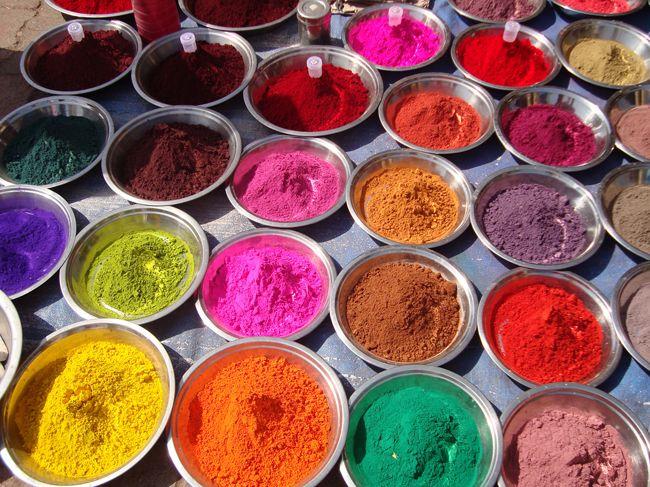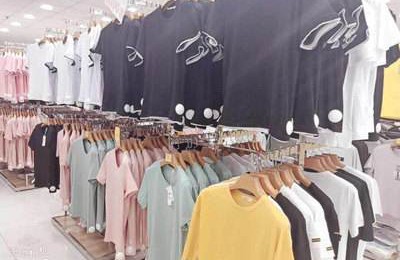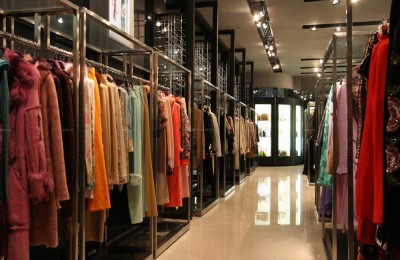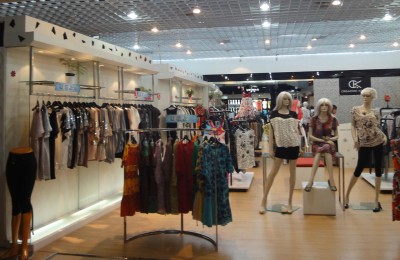The dye fastness of textiles is very particular!

Color fastness refers to the dye or Pigments have the ability to maintain their original color under the influence of various external factors. It is also a quality requirement for colored and printed fabrics. Because dyed fabrics may become discolored or discolored due to wear, sweat, friction, cleaning, ironing, etc. during wearing and storage, thus affecting the appearance of the fabric or workwear. The nature or degree of variation in color state can be expressed by color fastness. The color fastness of fabric is related to fiber type, yarn structure, fabric structure, printing and dyeing method, dye type and external force. It can be divided into light fastness, washing or soaping fastness, rubbing fastness, perspiration fastness, ironing fastness and sublimation fastness, etc.
1. Sunlight fastness
Sunlight fastness refers to the degree of discoloration of colored fabrics after being exposed to sunlight. The test method can be either sun exposure or sun exposure. The fading degree of the sample after exposure is compared with the standard color sample. The rating standards include wool blue label and gray card, national standard and European standard. The standard is divided into 8 levels, with 8 being good and 1 being poor; the American standard is divided into 5 levels, with 5 being good and 1 being poor. Fabrics with poor sun fastness should not be exposed to the sun for long periods of time and should be placed in a ventilated place to dry in the shade. Generally, a xenon lamp is used for 24 hours of testing.
2. Cleaning fastness
Washing or soaping fastness refers to the degree of color change of colored fabrics after being washed with cleaning solution. The gray graded sample card is usually used as the evaluation standard, that is, the color difference between the original sample and the sample after fading is used for evaluation. The cleaning fastness is divided into 5 levels, with level 5 being good and level 1 being poor. Fabrics with poor cleaning fastness should be dry cleaned. If wet cleaning is performed, extra attention should be paid to the cleaning conditions, such as the cleaning temperature should not be too high and the cleaning time should not be too long. Washing fastness is divided into two indicators, the original change and the staining of white cloth. The staining of white cloth is divided into six types of fibers: cotton, nylon, polyester, wool, polyacrylonitrile fiber and acetate. The test temperature is 40/50/60/95 degrees. Generally, 40 degrees is adopted for silk and wool, and 60 degrees is adopted for cellulose fibers.
3. Rubbing fastness
Rubbing fastness refers to the degree of color fading of colored fabrics after rubbing, which can be divided into dry rubbing and Wet friction. The rubbing fastness is evaluated based on the staining degree of white cloth, and is divided into 5 levels (1-5). The larger the value, the better the rubbing fastness.
4. Perspiration fastness
Perspiration fastness refers to the degree of color fading of colored fabrics after being immersed in sweat. Since the composition of artificially prepared sweat is not exactly the same, the perspiration fastness is generally not only measured separately, but also combined with other dyeing fastnesses for assessment. Perspiration fastness is divided into levels 1 to 5, with the higher the level, the better. In European standards and national standards, perspiration fastness is divided into acid perspiration dyeing fastness and alkali perspiration dyeing fastness.
5. Ironing fastness
Ironing fastness refers to the degree of discoloration or fading of colored fabrics when ironed. The degree of discoloration and fading is evaluated by the staining of other fabrics by the iron at the same time. Ironing fastness is divided into levels 1 to 5, with level 5 being good and level 1 being poor. When testing the ironing fastness of different fabrics, the ironing temperature for the test should be selected.
6. Sublimation fastness
Sublimation fastness refers to the degree of sublimation phenomenon that occurs in colored fabrics during storage. Sublimation fastness uses a gray grading sample card to evaluate the discoloration, fading and white cloth staining of fabrics after dry heat pressing treatment. , divided into 5 levels, with level 1 being poor and level 5 being good. This test is generally used for polyester fabrics dyed with disperse dyes.
7. Chlorine immersion fastness
Chlorine immersion fastness is generally aimed at some swimming suits, because seawater contains chlorine, which can easily cause fabrics to fade. Nowadays, urban tap water also contains available chlorine, and some hospital and hotel supplies need to be disinfected with chlorine-containing cleaning agents, so there are increasingly higher requirements for chlorine bleach fastness.
8. Sweat fastness
Some fabrics have been tested for perspiration fastness and sun fastness, but in actual use During the process, especially in summer, it is easy to fade due to sweat and sun exposure, which puts forward a new requirement, and at the same time, new standards are also produced.
9. Fastness to peroxide
Most of today’s laundry detergents add peroxides such as peracetic acid and some activators. This causes fabrics to be oxidized and fade during the cleaning process. Therefore, the dyeing fastness of fabrics must have a certain tolerance to peroxide.
——Professional functional fabric supply and application comprehensive service provider. The company has strong scientific and technological research and development capabilities, advanced production and inspection methods, and has self-operated import and export rights. It is also an ISO9001-2008 and ISO4001-2004 certified enterprise. The main products include: antistatic series, high temperature resistant and fireproof series, fireproof series, oil and water repellent and three-proof series, acid and alkali resistant series, general workwear fabrics and accessories, etc. Involving metallurgy, fire protection, petroleum, chemical industry, machinery, medical and other industries. After decades of hard work, market-oriented, innovation-driven, quality-based survival, we have developed and grown. Technology provides you with a full range of solutions and complete products and services.
AAAMHGCVVBEW
Disclaimer:
Disclaimer: Some of the texts, pictures, audios, and videos of some articles published on this site are from the Internet and do not represent the views of this site. The copyrights belong to the original authors. If you find that the information reproduced on this website infringes upon your rights, please contact us and we will change or delete it as soon as possible.
AA






